In addition to Weibo, there is also WeChat
Please pay attention

WeChat public account
AutoBeta


2024-11-21 Update From: AutoBeta autobeta NAV: AutoBeta > News >
Share
AutoBeta(AutoBeta.net)11/09 Report--
After the decline of subsidies, the sales of new energy vehicles plummeted, "revealing their true colors"? According to figures released by the Federation of passengers, sales of new energy passenger vehicles in October were 63000, down 46.0% from a year earlier, almost halving. Of these, the wholesale number of pure electric passenger cars was 51000, a year-on-year drop of 46 per cent, and a 44 per cent drop in mixed models.
The decline in new energy sales from July to September has gradually widened, falling by 3.8%, 21.7% and 34.8% respectively, far exceeding the decline in the overall passenger car market. The 46% decline in the market in October may further exacerbate concerns about the future development of new energy.
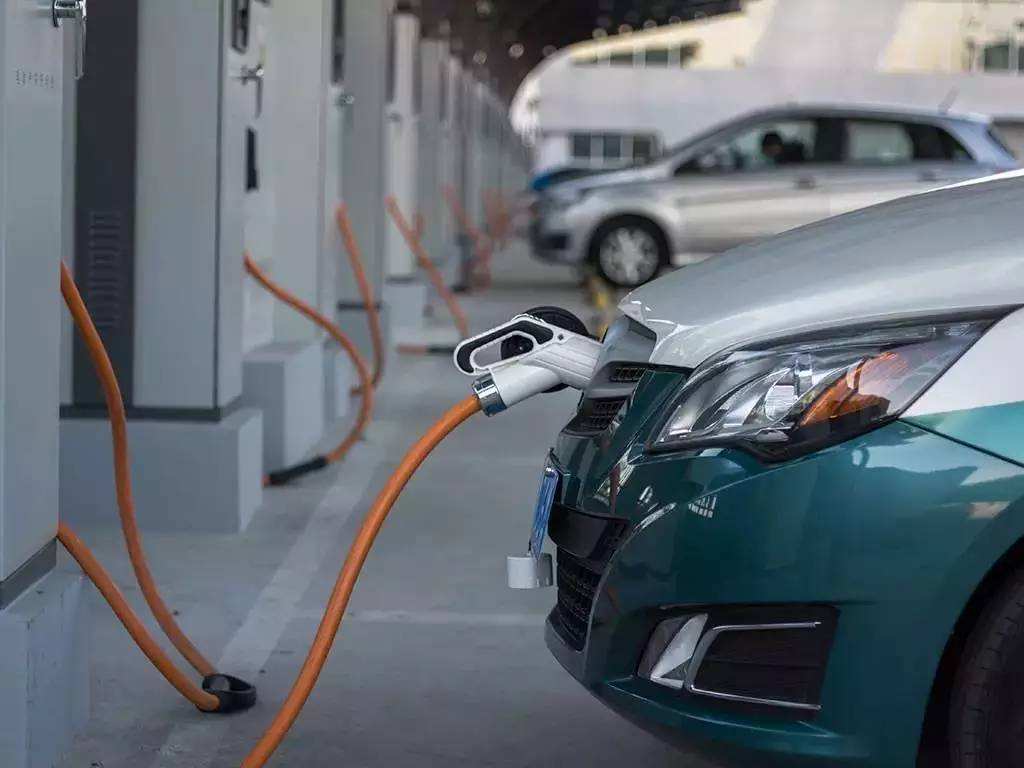
New energy vehicles still have a growth trend of more than 100% in the first half of the year, but the situation has deteriorated sharply in the second half of the year, reflecting the great impact of subsidy decline on the one hand and a decline in market demand on the other.
At present, a large part of new energy vehicles flow to the operating market. When taxis and ride-hailing vehicles are replaced by new energy vehicles, the market is full, which leads to a decline in demand. At the same time, in addition to license restrictions, the voluntary purchase of new energy vehicles by individual consumers will also lead to a decline in sales. Generally speaking, the new energy vehicle market is highly dependent on policy and has not yet formed a real market driving force.
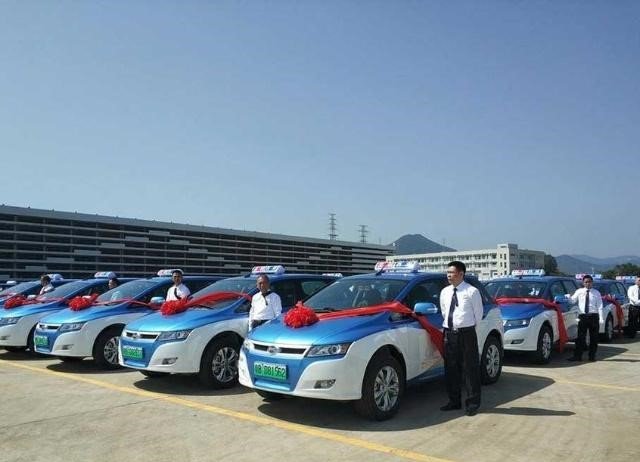
Sales decline, new energy head car companies have also entered a difficult time. BYD released sales figures for October, when sales of new energy vehicles fell 54.58 per cent year-on-year to 12567. BAIC New Energy sold only 8601 new cars in October, down 70 per cent from a year earlier.
Take BYD as an example, its new energy vehicles have declined for four consecutive months, falling by 11.84%, 23.44%, 50.97% and 54.58% respectively from July to October, which is almost in line with the trend of the overall new energy market. As a result, BYD expects full-year net profit to fall by 40% year-on-year, while its first-half net profit rose more than 200% year-on-year.
It is worth noting that BYD's new energy sales have declined, while fuel vehicles have reversed. BYD sold 27048 fuel vehicles in September, up 35.17% from a year earlier, compared with 28563 in October, up 37.12% from a year earlier, and even surpassed new energy vehicles. However, Wang Chuanfu earlier called on the market to further restrict traditional fuel vehicles, gradually achieve a total ban on sales, and firmly support the full electrification of new energy vehicles. He also suggested that private cars should be electrified gradually by 2030.
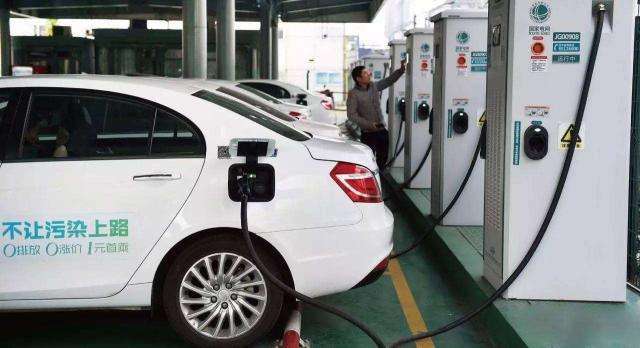
What will happen to new energy vehicles after the subsidy is completely withdrawn? According to the relevant documents of the Ministry of Finance, China has implemented a retrograde mechanism for financial subsidies for new energy vehicles, and the purchase subsidies will be reduced year by year, and it is planned to abolish all subsidies after 2020. Chen Hong, chairman of SAIC Group, said that after the purchase subsidy is cancelled by 2020, if there is no other policy to follow up, due to the sharp rise in the purchase cost of new energy vehicles, it is likely to lead to a "cliff" decline of about 40% in China's new energy vehicle market, especially pure electric vehicles, whose market share may decline by about 50%.
Some industry analysts believe that this will help the industrial chain to further reduce its dependence on subsidies, but the market reshuffle will also be further accelerated.
At present, China International Capital Corporation pointed out in the research report that the sales forecast of new energy vehicles in 2019 will be reduced to 1.2 million-1.3 million vehicles, which is basically the same as in 2018. According to the original plan, the sales target of new energy vehicles in China is 1.5 million in 2019 and 2 million in 2020. The company believes that the reasons for the decline include the weak willingness of individual consumers to buy; the liberalization of Guangzhou and Shenzhen fuel vehicle licenses, the faster decline in new energy sales; and the impact of the macro environment on the consumption of new energy vehicles.
It can be expected that once the new energy vehicle market continues a large decline, market share decline, the industry will enter the prelude to reshuffle ahead of time, traditional car companies have transformed, as well as dozens of new car-building forces, will face unprecedented challenges. Whether it is the transformation and upgrading of the industry, or a farce, it depends on the trend of the new energy vehicle market.
Welcome to subscribe to the WeChat public account "Automotive Industry Focus" to get the first-hand insider information on the automotive industry and talk about things in the automotive circle. Welcome to break the news! WeChat ID autoWechat
Views: 0
*The comments in the above article only represent the author's personal views and do not represent the views and positions of this website. If you have more insights, please feel free to contribute and share.






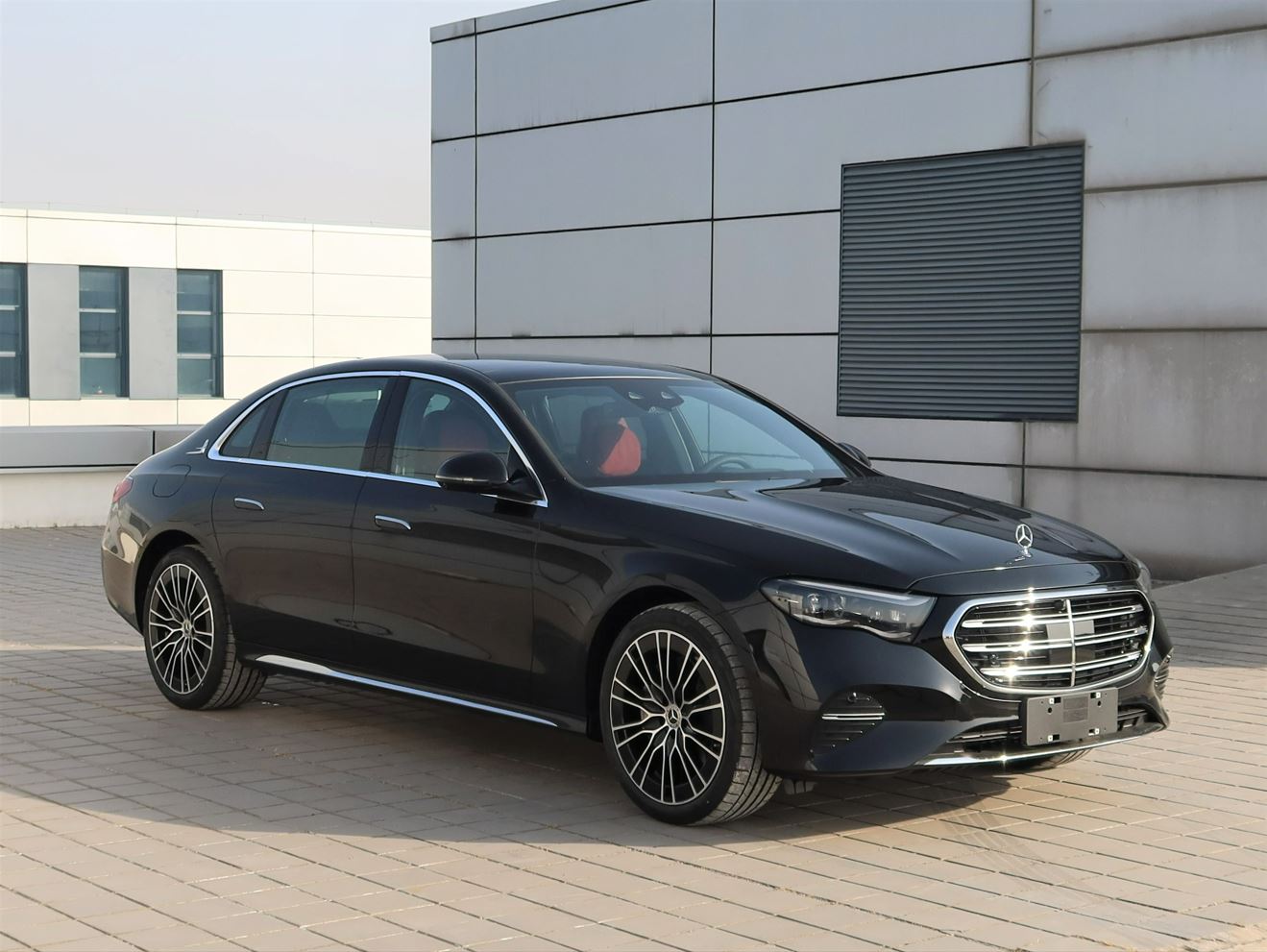
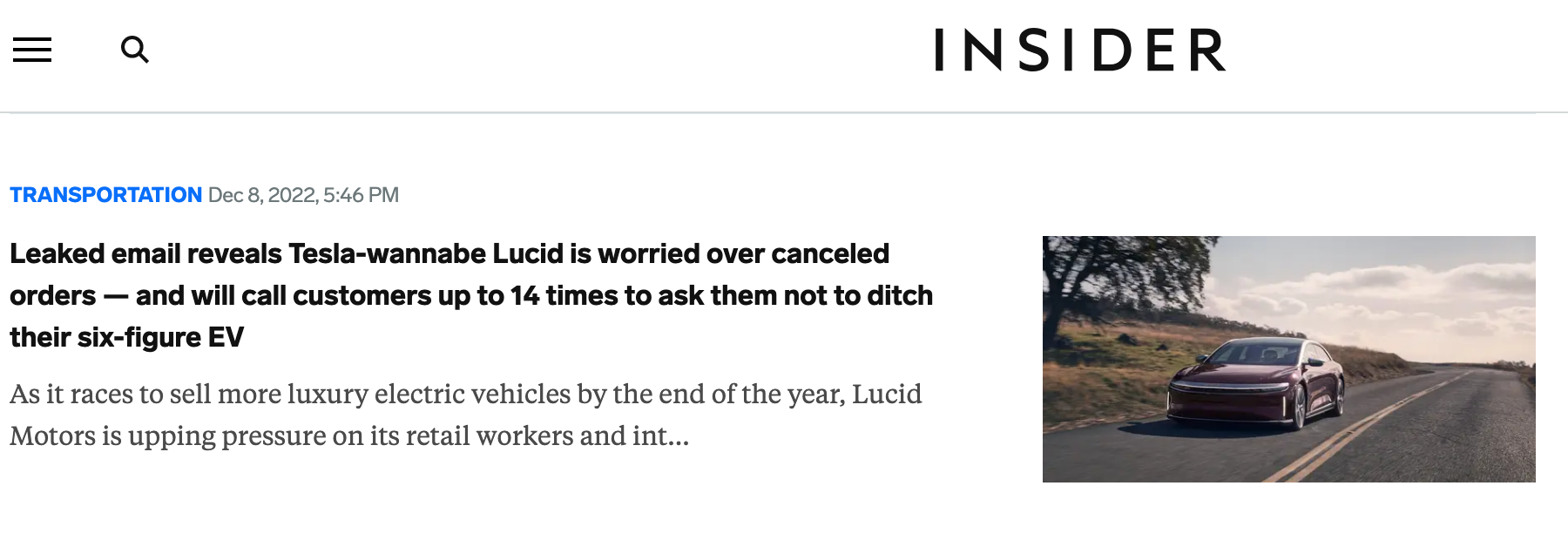



© 2024 AutoBeta.Net Tiger Media Company. All rights reserved.